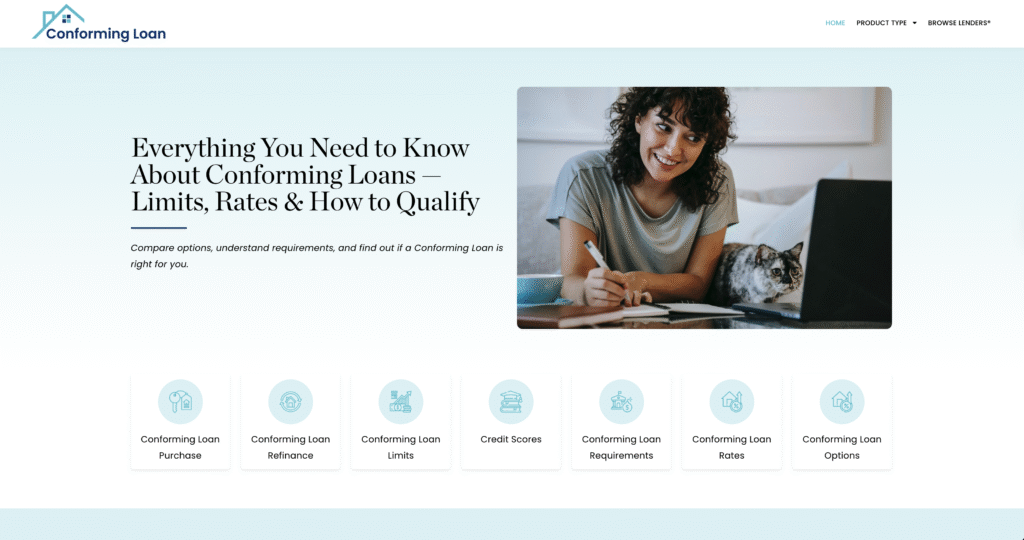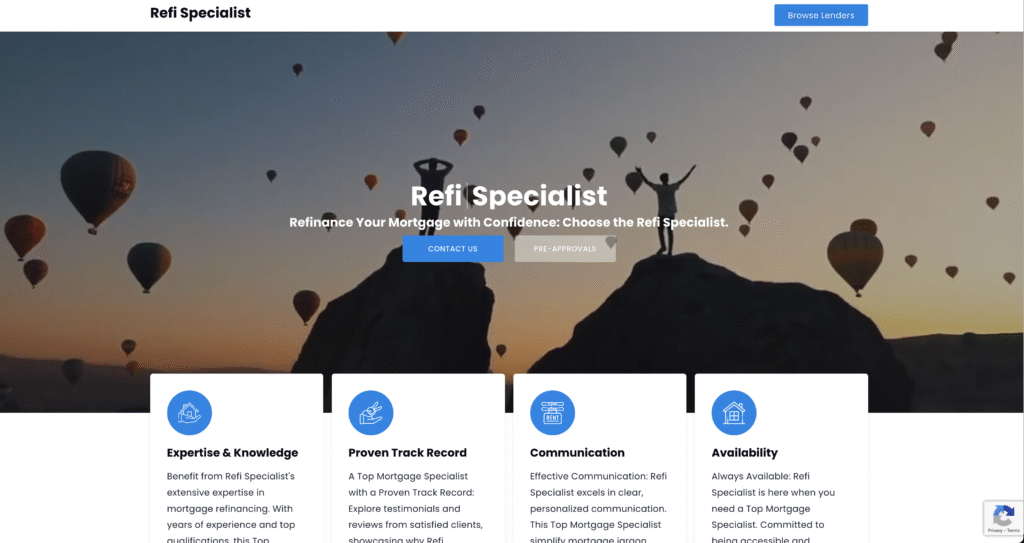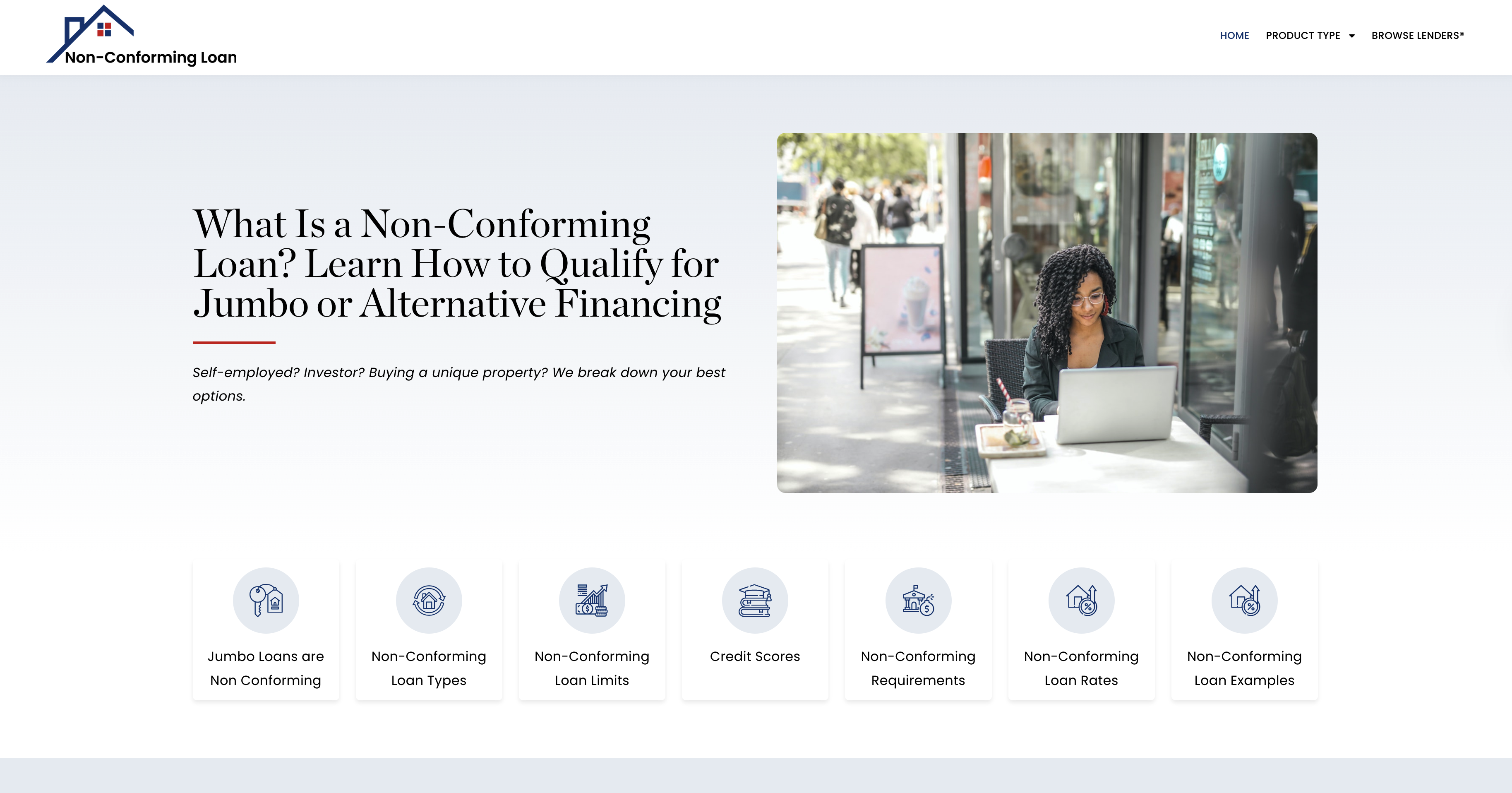Case Study: The Debt Avalanche Budget That Wiped Out $30K in 18 Months
When Carmen realized she was carrying over $30,000 in high-interest debt across six different credit cards, the weight of it felt suffocating. She was making every minimum payment—never late—but each month, her balances barely budged. Interest charges devoured her progress. She felt like a hamster on a wheel, running full speed and going nowhere. Carmen wasn’t living extravagantly. Her debt didn’t come from luxury goods or lavish vacations. It was the result of a few financial missteps in her twenties, a medical emergency that wasn’t covered by insurance, and years of supplementing her income with credit whenever her paycheck came up short. She had learned how to survive, but she hadn’t learned how to get ahead. That changed the day she discovered the debt avalanche method—and made the decision to treat her debt like a mission.
The moment she committed to a strategy, everything changed. Carmen didn’t just want to become debt-free—she wanted to reclaim the emotional and financial energy that debt had been draining from her life for over a decade. Her first step was building a budget that could support the avalanche method. Unlike the snowball approach, which tackles the smallest balances first for motivational wins, the debt avalanche prioritizes the highest interest rates first, saving the most money long-term. That logic appealed to Carmen. She wasn’t afraid of slow progress—she was afraid of staying stuck. By focusing on where her money was being wasted most, she felt empowered to finally start turning the tide.
At first, the budget was tight. Carmen cut restaurant spending, paused subscription services, and reassessed every dollar flowing in or out of her account. But she didn’t punish herself—she built in space for joy, too. A “Fun Fund” of $50 per month allowed her to enjoy a dinner with friends or a new book without guilt. The rest of her discretionary income was funneled toward the avalanche. Each month, she paid the minimum on all cards except the one with the highest APR, which received every extra dollar she could scrape together. The first payoff took four months, but when it happened, it was monumental. With that card gone, she rolled its old payment into the next highest interest card, creating a snowballing momentum of financial freedom.
Eighteen months later, Carmen had paid off all $30,000. Not through bankruptcy. Not through settlement. But through consistent budgeting, targeted repayment, and a complete transformation of her financial habits. Her Middle Credit Score® jumped 112 points, thanks to improved utilization, a perfect payment history, and a lengthening track record of financial responsibility. As her balances fell, her confidence soared. She was no longer living in reaction to debt—she was leading her finances with intention and clarity. And because she never closed her paid-off accounts, her available credit increased while her usage dropped, supercharging her score growth.
Carmen’s journey is a blueprint for anyone who feels buried under debt and unsure where to begin. Her story proves that budgeting doesn’t have to mean restriction—it can be a source of momentum, hope, and measurable progress. And while the debt avalanche method requires discipline and patience, it rewards users with both financial savings and powerful improvements to credit standing. In Part 2 of this case study, we’ll break down Carmen’s monthly plan, how she calculated her payoff timeline, which tools she used to track interest and balances, and the budgeting system she still uses today to stay debt-free.
Step-by-Step Breakdown
Carmen’s debt payoff journey was not about shortcuts or overnight miracles—it was the result of a methodical plan rooted in discipline, consistency, and financial literacy. Her commitment to the debt avalanche method gave her a long-term payoff structure that prioritized efficiency over emotion, saving her thousands in interest and boosting her Middle Credit Score® by over 100 points. Here’s exactly how she did it.
Step 1: Gather All Debts and Sort by Interest Rate
Carmen created a master list of every debt she owed:
| Account | Balance | APR | Minimum Payment | Type |
|---|---|---|---|---|
| Card A (Retail) | $4,200 | 28.9% | $150 | Revolving |
| Card B (Travel) | $3,800 | 26.4% | $120 | Revolving |
| Card C (Bank) | $6,000 | 23.1% | $180 | Revolving |
| Personal Loan | $9,000 | 16.5% | $270 | Installment |
| Card D (Gas) | $1,800 | 19.9% | $60 | Revolving |
| Store Card E | $5,200 | 25.2% | $170 | Revolving |
She then sorted the accounts in descending order of APR, to prioritize the highest interest rates first.
Step 2: Build a Realistic Monthly Budget Around Avalanche Goals
Her net monthly income: $4,800
She set a total monthly debt allocation of $1,100, consisting of:
- $950 toward all debt payments
- $150 in emergency fund savings
| Budget Category | Amount | Notes |
|---|---|---|
| Rent & Utilities | $1,400 | Fixed expenses |
| Groceries & Transportation | $650 | Includes fuel and public transit |
| Minimum Debt Payments | $950 | Paid all minimums consistently |
| Emergency Savings | $150 | Safety net to avoid new credit use |
| Variable/Discretionary | $300 | Cut from previous $600/month |
| Health & Subscriptions | $200 | Trimmed to essentials |
| Total | $3,650 | Leaves buffer and savings space |
Step 3: Apply the Avalanche Strategy
Every month, Carmen:
- Paid minimums on all debts
- Applied all extra funds to Card A (highest APR: 28.9%)
- Once Card A was paid off, rolled that full payment amount into Card B
- Continued rolling until all debts were cleared
This strategy maximized interest savings and sped up payoff over time.
Step 4: Use a Payoff Tracker and Progress Chart
She built a Google Sheet to monitor:
- Current balances
- Payoff targets
- Interest saved
- Cumulative payments
- Time left to zero balance
Visual progress gave her motivation and accountability.
Step 5: Schedule Payments to Reduce Reported Utilization
To maximize credit score improvement, Carmen:
- Paid down balances before statement closing dates
- Avoided maxing out any cards, even while focusing on one
- Kept utilization under 30% on all cards by month 6
- Reached under 10% by month 14
This strategy allowed her score to improve while still carrying manageable balances.
Step 6: Avoid New Credit and Maintain Score Stability
During the 18-month payoff period, Carmen:
- Did not apply for any new credit cards
- Avoided BNPL (Buy Now, Pay Later) offers
- Delayed a planned auto loan to protect her debt-to-income ratio
- Focused on strengthening her existing credit profile
This helped maintain score momentum and avoid new financial obligations.
Step 7: Reinforce Monthly Budget with Sinking Funds
Carmen built small sinking funds into her budget for:
- Car repairs ($50/month)
- Medical/dental ($40/month)
- Holiday gifts ($25/month)
- Clothing or shoes ($35/month)
These helped her stay out of debt when surprise expenses popped up.
Step 8: Treat Bonus Income as Acceleration Fuel
Carmen used all non-recurring income to attack her avalanche:
- Tax refund ($1,200 → Card B)
- Work bonus ($600 → Card C)
- Side hustle income ($100–$200/month average)
She calculated that these lump sums reduced her timeline by 3 full months and saved over $1,800 in interest.
Step 9: Track Credit Score Progress Monthly
Carmen used Experian and Credit Karma to monitor:
| Month | Middle Credit Score® | Notes |
|---|---|---|
| 0 | 585 | Starting point |
| 3 | 615 | Utilization under 50% |
| 6 | 642 | One card paid off |
| 12 | 695 | 3 of 6 accounts paid off |
| 18 | 710 | All debt paid off |
She also reviewed her credit reports quarterly to check for errors and verify payoff reporting.
Step 10: Post-Payoff Credit Maintenance Plan
Carmen kept her credit profile strong after debt payoff by:
- Leaving all cards open to preserve history and credit limit
- Putting small charges (streaming, gas) on each card monthly
- Paying in full before due date
- Continuing her budget structure with debt categories now repurposed for:
- Travel savings
- Investing
- Homeownership planning
Carmen’s Avalanche Results
| Metric | Before | After 18 Months |
|---|---|---|
| Total Debt | $30,000 | $0 |
| Average Interest Rate | 24.6% | N/A |
| Monthly Minimum Payments | $950 | $0 |
| Emergency Fund | $250 | $2,200 |
| Middle Credit Score® | 585 | 710 (+125 pts) |
| Late Payments (past year) | 1 | 0 |
Tools Used
- Google Sheets: Budget, avalanche calculator, visual progress chart
- YNAB: Used later for advanced planning and cash flow
- Experian & Credit Karma: Credit monitoring
- Ally Bank: Emergency and sinking fund savings
- Debt Avalanche Calculator (free online tool)
Final Thoughts from Carmen
“The avalanche method wasn’t fast at first, but it was focused. And once I saw it working, I knew I wasn’t just paying debt—I was building power. Every month, I bought back my future.”
Middle Credit Score® Support Center
Browse Lenders® – Speak with a Lending Expert






